Elon Musk’s Robotaxi Dream: A Liability Nightmare Looms for Tesla and Its Owners
Elon Musk’s ambitious vision of a fully autonomous robotaxi service is not just a glimpse into the future of transportation; it carries with it a complex web of potential liabilities that could reshape Tesla’s legal landscape. In a recent video exploration, key issues are raised surrounding the responsibilities tied to accidents, the company’s preparations, and the ethical questions surrounding AI.
Who Is On the Hook for Robotaxi Accidents?
As autonomous vehicles continue to carve their path into the realm of everyday driving, a pivotal question emerges: who will be liable in the event of an accident involving a robotaxi? The notion of holding Tesla accountable for mishaps that occur within its fully automated fleet signifies a shift from the current model, where the driver often assumes the primary responsibility. As the lines blur between human and machine decision-making, determining liability may become a legal quagmire that complicates disputes and damages claims.
How Is Tesla Preparing?
Tesla is not standing idle as it navigates this groundbreaking transition. The company has implemented rigorous testing protocols and advanced safety features aimed at mitigating risks associated with its autonomous driving capabilities. However, their efforts might not be enough to shield them from the inevitable legal challenges that could arise with a sizable fleet of robotaxis hitting the road. The landscape of autonomous driving liability is evolving, and Tesla’s strategies to prepare for these changes will be crucial.
Riders May Not Always Get to Their Intended Destinations
The reliability of autonomous navigation remains a concern. Instances where riders may not be delivered to their intended destinations could not only frustrate customers but also result in legal ramifications. This unpredictability may fuel further scrutiny of Tesla’s systems and their capacity to operate under varied urban conditions and scenarios. As the expectation for seamless travel grows, so too does the public’s anticipation of potential failures.
Should AI Be Treated Like a Person?
The discussion evolves into an ethical dilemma: should artificial intelligence be treated as a responsible entity akin to a human driver? This question touches on broader societal implications regarding accountability and trust in autonomous systems. As robotaxis become an integral part of urban mobility, the handling of legal and moral responsibility will require thoughtful consideration.
Are Tesla’s Robotaxis Truly Self-Driving?
While Tesla touts its Full Self-Driving (FSD) technology and advances toward true autonomy, skepticism remains. Critics contend that labeling the vehicles as "self-driving" may be misleading, especially when considering the intricate tasks involved in navigating complex environments. The true capabilities of these robotaxis will need continual assessment as real-world deployments begin.
Conclusion
Musk’s robotaxi vision offers a tantalizing peek into the future, promising convenience and efficiency. However, the potential liabilities and ethical questions it raises could pose significant challenges for Tesla and its emerging business model. As the company charges ahead, both technology and legislation will need to evolve in tandem to ensure safety, responsibility, and trust in this transformative leap toward autonomous mobility. The future of transportation may be dazzling, but it is equally fraught with implications that demand careful navigation.
Watch the video by Forbes
Video “Elon Musk’s Robotaxi Dream Could Be A Liability Nightmare For Tesla And Its Owners” was uploaded on 07/11/2025 to Dailymotion Channel Forbes



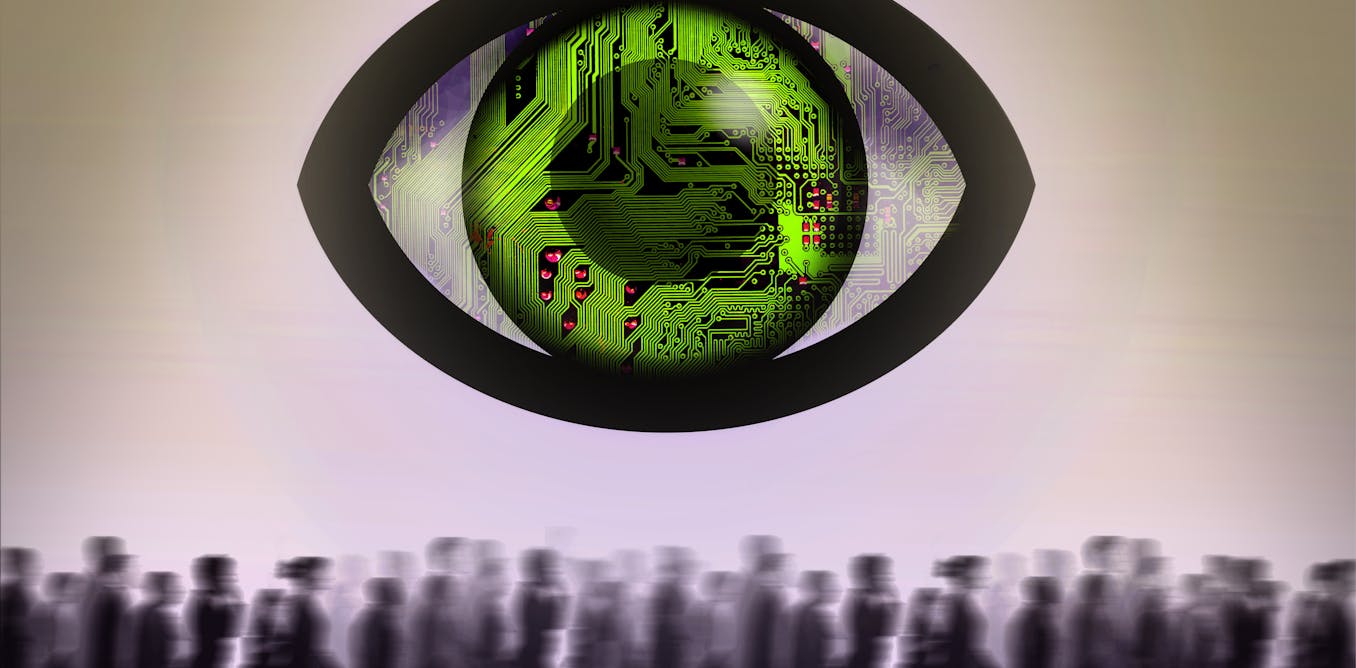
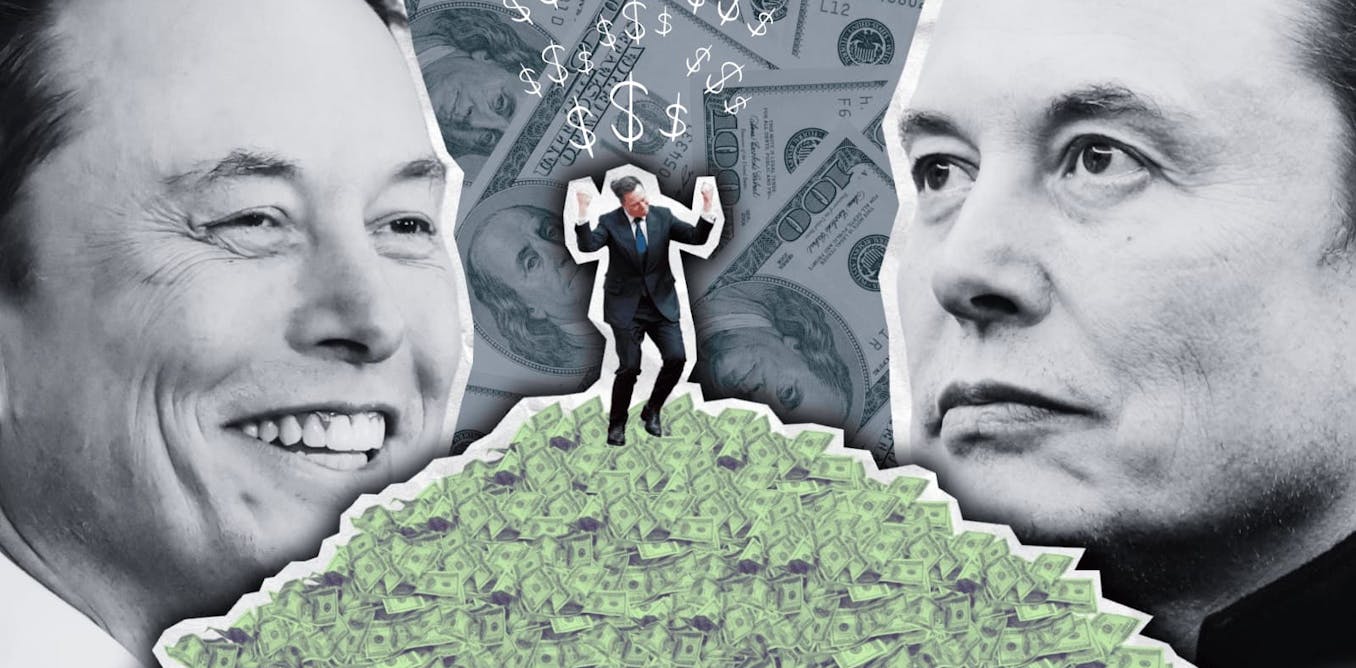

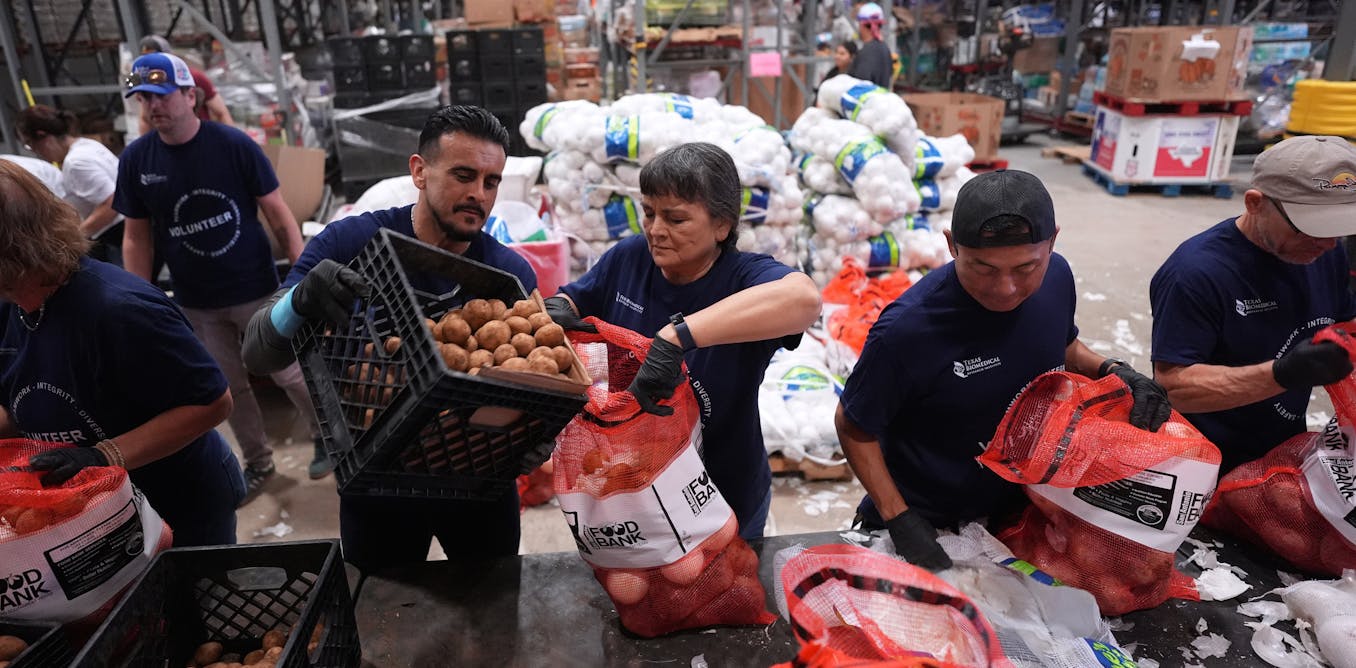


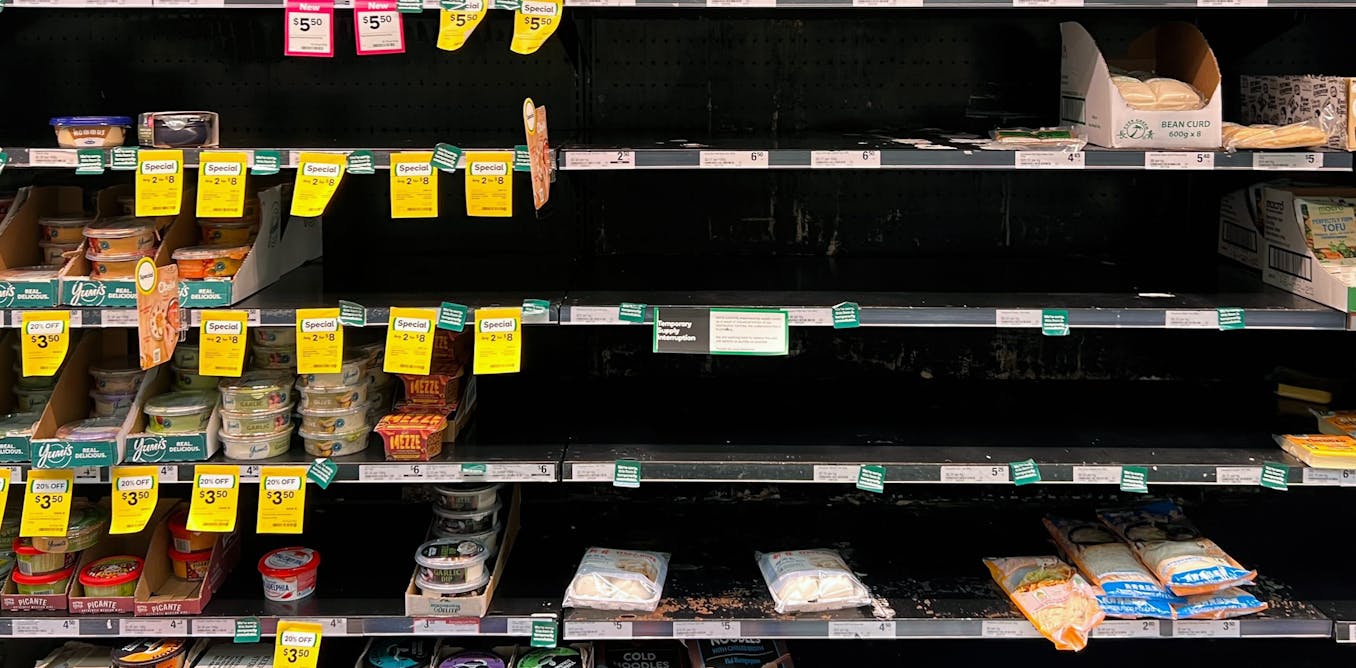
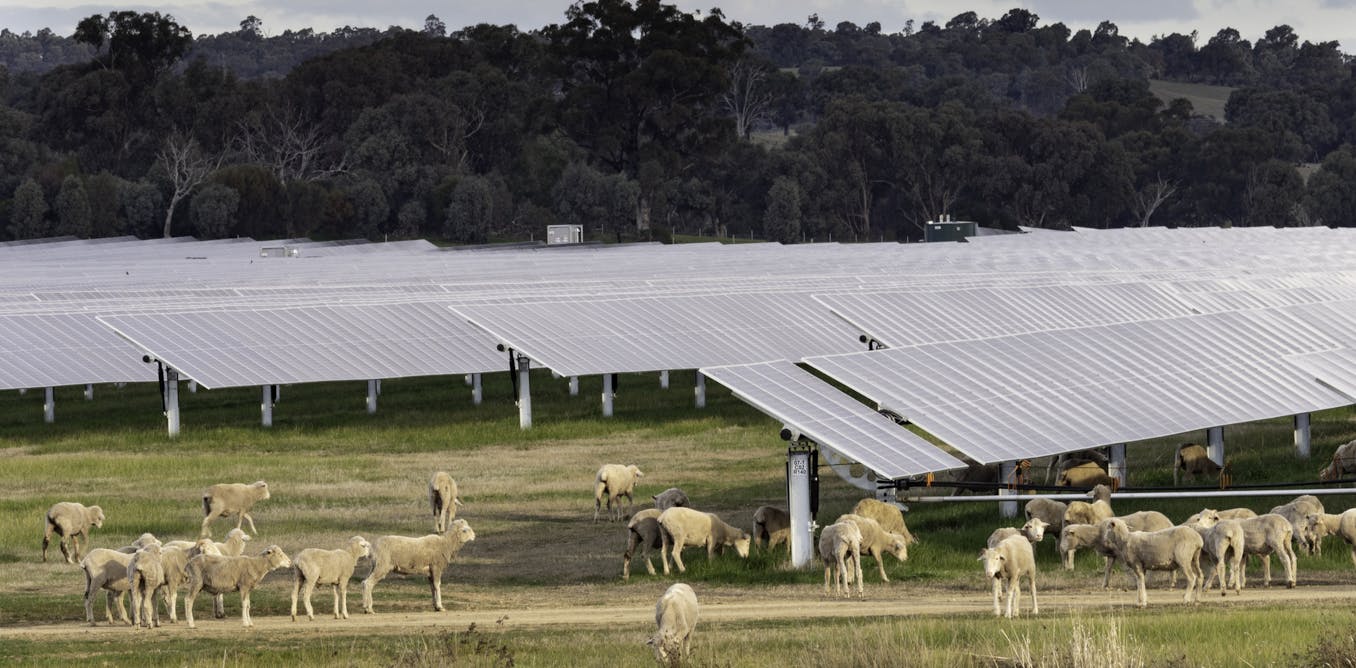






















Leave a Reply